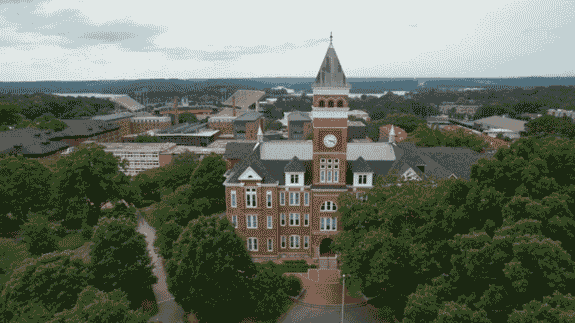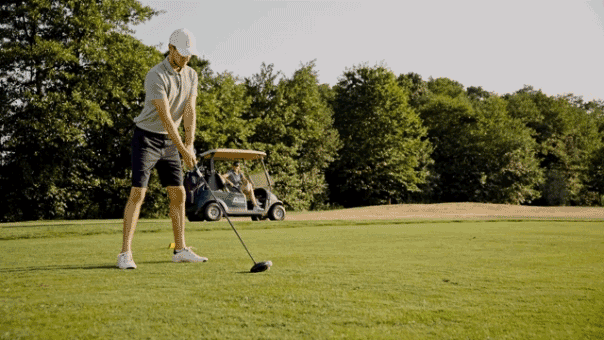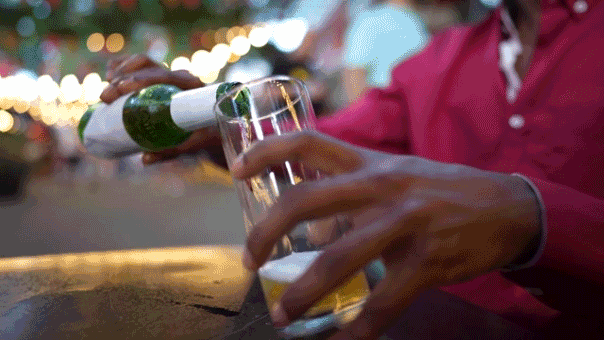Why you may see ghosts
Seeing ghosts? There might be a physical reason for seeing a shadowy figure or hearing a bump in the night. Paranormal skeptic and cohost of MonsterTalk podcast, Blake Smith explains
Seeing a shadowy figure out of the corner of your eye or hearing footsteps in the attic may set your mind racing with thoughts about the paranormal. But, before you call the “Ghostbusters,” you might want to make an appointment with your doctor. The ghostly haunting you believe you saw may be something physiological and easily explained away.
Two paranormal skeptics, author and researcher Blake Smith and Dr. Karen Stollznow, a linguist and the author of “God Bless America and “Haunting America,” try to provide relief for these symptoms through their podcast, MonsterTalk. They told FoxNews.com that some of the body’s quirks may cause a person to see or hear things that may not actually be there. Smith, a researcher and author, offered sleep paralysis as an example of how the body can play tricks on us.
Sleep paralysis typically occurs during REM (rapid eye movement) sleep where your body is temporarily paralyzed so you don’t act out your dreams. In some cases, you become conscious during REM sleep but you’re still unable to move, creating the terrifying sensation. What can make the situation even worse is some experience hallucinations and a feeling that is a presence in the room with them.
“[Sleep paralysis] is a really common phenomenon where someone wakes up in the middle of the night and finds that they can’t move and it feels like something is holding them down” Smith told FoxNews.com. “It can be really, really frightening and it’s completely compelling that you’ve been haunted, that maybe there’s some ghostly entity attacking you.”
While sleep paralysis can affect anyone, there are some physiological causes of sightings that might be symptoms of a more serious condition. Smith pointed to temporal lobe epilepsy as an example of one of these illnesses that can cause visual hallucination and auditory phantom sounds.
Illnesses that cause a high fever can also result in hallucinations. Additionally, “if a pain management medication is mixed with alcohol or other drugs, hallucinations can result, such as mixing Percocet and NyQuil,” Stollznow told FoxNews.com.
People who are suffering through a recent death are also highly susceptible to hallucinations. According to Stollznow, about 50 percent of people “[believe] that they see, hear, smell, feel the touch of or sense the presence” of a loved one who recently died. This sensation is called grief hallucinations.
Another very serious and potentially deadly reason can be carbon monoxide poisoning caused by a gas leak in an enclosed area. Stollznow said that the poisoning can “cause a person to believe they see ghosts and demons and hear phantom footsteps, and cause them to experience an inexplicable sense of dread.”
"Typically, with ghosts people see [them] as a solution to a problem"
There are mental illnesses that can present similar symptoms, such as schizophrenia and bipolar disorder, but experiencing paranormal sightings may not necessarily indicate a mental disorder.
“Typically, with ghosts people see [them] as a solution to a problem,” Smith said, adding that people who tend to believe in the paranormal might point to ghosts when there is a less frightening reason.
Pareidolia is the blame for many of these cases, which refers to the human instinct to see patterns and faces in objects. Popular examples of this are cases in which people see images of Jesus or the Virgin Mary in everyday objects like pieces of toast.
Pareidolia can explain away the images of ghostly apparitions in photos or a quick glimpse of an entity in the dark corner of a room.
So, if you see something strange this Halloween, consider these reasons before you panic. If not, you might want to call that “Ghostbuster” after all!








































